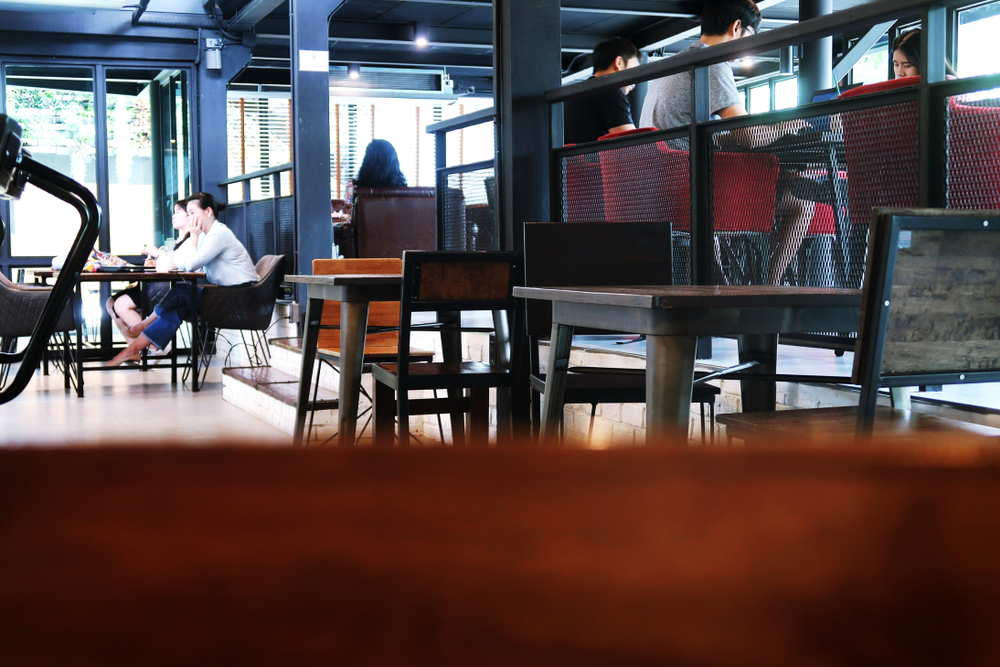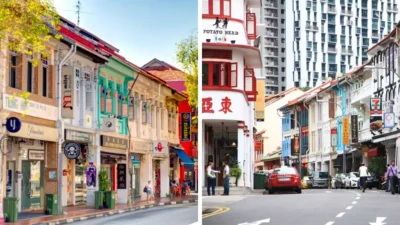Year in review: the rapid adoption of co-working spaces in Asia
Once regarded as little more than a niche, flexible office spaces has evolved to become one of the fastest growing segments of the real estate business in Asia
When co-working spaces started cropping up in the US and EU in the early 2000s, many regarded them as a novelty. Designed to serve as an alternative to Starbucks for the small but growing contingent of the workforce no longer tethered to a fixed desk, these areas generally offered little more than wifi and a pot of coffee. By the time the concept migrated to Asia-Pacific, however, it was clear that co-working was more than a passing fad.
According to an independent 2019 report, more than 2.2 million people will be using co-working spaces around the globe by the end of this year. Memberships are also rising the fastest in Asia-Pacific, which saw a 150 percent increase in the number of co-working spaces between the years of 2014 and 2017. Jones Lang LaSalle estimates that by 2030, approximately 30 percent of the entire office market will consist of shared, flexible working spaces.
“This is a global trend. Flexible workspace is clearly the fastest-growing segment or trend within commercial workspace,” says Lars Wittig, the country head of Vietnam, Cambodia, and the Philippines for Regus & Spaces, which has roughly 150 co-working spaces in the region. “The speed of change has never been faster than it is today. If you are a startup, it is difficult to predict what your needs will be for the length of a conventional lease. Flexible working spaces allow for breathing room.”
“It’s a bottom-up revolution that started with the millennials, which are a much larger part of the workforce in Southeast Asia. This revolution is about how millennials want to work, that they want to work whenever and wherever they like”
One need not look far to witness the ever-accelerating rate of change in Asia-Pacific. Over the course of little more than a decade, flexible living and working spaces have disrupted the very fabric of everyday life. Whereas a generation or two ago, most citizens in this region dreamed of buying a piece of real estate, settling down in a single location, and working for a single company in a fixed office location for most of their career, now that paradigm is in a state of constant flux. Thanks to an avalanche of technologies such as Slack, Skype, and Google Hangouts, it is easier than ever for employees to work remotely. Both startups and more established companies are eager to stay nimble in order to maintain their competitive edge, while the young workforce is more inclined to seek community in digital spaces rather than centralised physical ones as their parents may have done.
“It’s a bottom-up revolution that started with the millennials, which are a much larger part of the workforce in Southeast Asia,” Wittig says. “This revolution about how millennials want to work, that they want to work whenever and wherever they like. In order [for companies] to attract and retain the employees, they know they need to give them access to a greater network with business lounges.”
The fact that so much of Asia-Pacific’s workforce consists of millennials and members of Generation Z accounts for why these less conventional, more socially structured forms of working and living are poised to flourish here. The benefits run deeper than mere lifestyle preferences. For ambitious young start-ups eager to make their mark but lack capital, co-working spaces have been a game-changer.
“Now, these young, entrepreneurial people with limited resources are looking to increase their business,” Wittig says. “Because co-working is so easily accessible geographically and financially, I think we are contributing to inclusive growth that almost any socioeconomic layer of society can access.”
The popularity of these new models of working has not gone unnoticed by real estate developers, which often view co-working spaces as an easy way to add perceived value to an upscale condominium. “Our phones are ringing off the hook. We have at least a hundred leads of real estate developers that would like us to build a co-working space,” says Amarit Charoenphan, executive chairman and co-founder of HUBBA, the first and largest co-working space in Thailand. “It does attract a very aspirational, affluent crowd, especially digital nomads with high salaries from tech companies, which makes it very appealing to new developments trying to lure those tenants and clients.”
More: Shared living: A ‘logical’ trend in Asia
The drawback of this model, he warns, is that too many developers have rushed to build co-working spaces without a deeper concept of what they intend to offer their clientele. In an increasingly competitive market with new spaces opening all the time, a co-working space has to have more than complimentary coffee in order to attract the right kinds of business. If a co-working space is a last-minute addition to a real estate complex, it may add little in the way of real value.
“New communities have to grow authentically. You need to be intentional about what kind of client you’re trying to target and who you’re trying to bring in,” Charoenphan says. “The challenge for property developers, many of whom are including co-working spaces in their shopping complexes and condominiums, is that those co-working spaces don’t make any money.”
With HUBBA, Charoenphan has found that often the most important amenities in a co-working space are the intangible ones. Rather than investing in flashy designer furnishings and other aesthetic bells and whistles, he hosts regular events to pair start-ups with venture capitalists and angel investors. By carefully curating a co-working space that reflects members of different age groups and industries, HUBBA has managed to stand out from the pack, even as the number of new developments continues to mushroom.
“The convening power of a space is not just the physical location, not just the interpersonal relationships, but a shared set of values,” Charoenphan says. “Co-working spaces that are very successful tend to be very clear in their vision of what kind of community they want to be. People are buying not just into a space, but into a set of ideas and a brand. It’s more than just a desk somewhere.”
Ultimately, that may be the key to understanding the future of all co-working and co-living arrangements. While industries continue to evolve at a breath-taking pace, and it is impossible to predict the future for certain, the fact of the matter is that human relationships will remain critical to business and innovation. By creating technologically cutting-edge spaces that connect the right kinds of people, these spaces will manage to cement their permanent place in the market.
This article is the second in a five-part series. It originally appeared in Issue No. 157 of PropertyGuru Property Report Magazine. Read the first, third, fourth, fifth parts here
Recommended
Meet the Bitkub CEO turning real estate on its head with cryptocurrency and tokenised ownership
Jirayut “Topp” Srupsrisopa, CEO of Thai crypto exchange Bitkub, is a true believer in the potential of digitised finance
6 sights to spot in Jardine’s Lookout, Hong Kong
With its sumptuous harbour vistas, this low-density area is one of the most sought-after in Hong Kong
Meet the architect rethinking disability in urban spaces and how cities can be reimagined
Author David Gissen outlines his vision for urban development that takes the needs of disabled citizens into consideration
Why Asia’s mixed-use developments are the future of real estate
Dynamic integrated communities are fusing real estate with commercial, leisure, and other amenities











